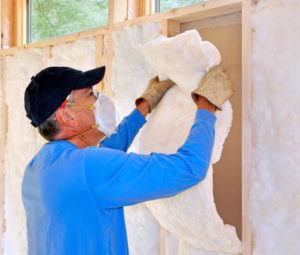Insulation keeps hot air outside in the summer and warm air inside in the winter. It protects your home from extreme temperatures, bad air quality, and saves you money in heating and cooling. When insulation goes bad, it can create a number of problems in your home. Keep up-to-date, and check for these signs of wear and tear:
Fluctuating Indoor Temperatures
Insulation that has shifted would allow hot or cold air into the home. This affects the heating and cooling system from regulating indoor air temperature and makes the temperatures fluctuate constantly.
High Energy Bills
Poorly installed insulation can cause the air conditioner to work twice as hard in the summer, and the heating system to work overtime in the winter. The extra work performed by your systems raises your energy bill, and can continually wear your system.
Animals Taking Up Residence
If you notice animals making their way into your attic or crawl space, there could be an opening somewhere. Animals leave behind feces, grime, and possibly babies, so inspect the insulation for traces of any animals.
Wet Insulation
Any moisture could be caused by blocked vents, a leaky roof, a basement flood, or the absence of vapor barriers. If you find damp, or sopping wet insulation, replace it immediately. Air pockets that trap air and regulate temperature become filled with water, this leads to ineffective insulation that can grow mold and release toxins into the air.
Indoor Drafts
 Lack of blockage between the outside air and inside atmosphere causes cold drafts indoors. Make sure all the doors and windows to the house are closed, if you still feel a draft inside, check your insulation.
Lack of blockage between the outside air and inside atmosphere causes cold drafts indoors. Make sure all the doors and windows to the house are closed, if you still feel a draft inside, check your insulation.
If you find that your insulation needs to be replaced, call a pro! Insulation is not a DIY project for homeowners to handle themselves. It requires precision work and can be dangerous/hazardous to unskilled persons


Recent Comments